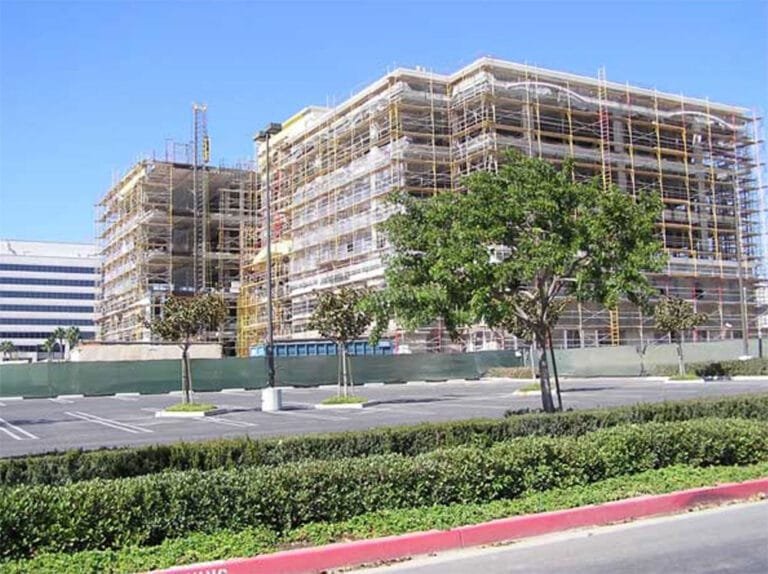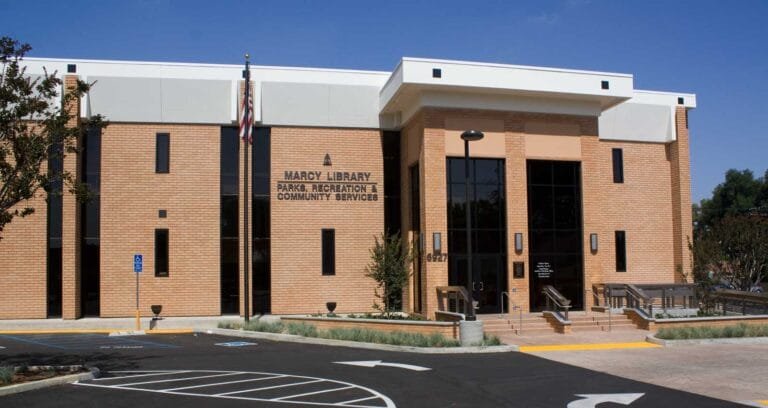Relieving commuter congestion
Planners from Riverside and Orange counties are in the midst of an 18-month study to determine the best way to relieve commuter congestion between housing-rich Riverside and jobs-rich Orange.
As it stands now, only two roads link the two counties: 91 Riverside Freeway and Highway 74 (Ortega Highway). Of these, the 91 is the primary workhorse, accommodating nearly 300,000 vehicles each day through the Santa Ana Canyon. While the 2-lane Ortega handles 10,000 vehicles as it winds its way over the Santa Ana Mountains, which separate the two counties.
The $3.3 million study, which is expected to conclude in December of this year, has narrowed the options from upwards of 12 to just 3:
- Adding lanes in the Santa Ana Canyon, including the possibility of some double-decking options on the 91 Freeway
- Combination of new highway/tunnel through the Santa Ana Mountains between south Corona (Cajalco Road) and Irvine (Highway 133)
- Widening Highway 74 (Ortega Highway) over Santa Ana Mountains between Lake Elsinore and south Orange County

Of these three options, the Cajalco corridor/tunnel is by far the most logical, if only because it would be the shortest, most direct route nearest current population/employment centers as well as connect to the planned Mid-County Parkway in Riverside County, which envisions a highway eastward along Cajalco Road from the I-15 to the I-215, eventually terminating in Hemet-San Jacinto. Yet, this option westward from the I-15 into Orange County is also the most challenging — and most expensive.
But when compared to the money expected to be spent on upgrading Ortega Highway, the Cajalco tunnel option looks much better. According to the Los Angeles Times, estimates are it will take upwards of $3 billion to increase capacity on Ortega Highway to 35,000 vehicles per day — a net gain of 25,000. However, doubling that investment to $6 billion for the Cajalco highway/tunnel option would accommodate 100,000 vehicles per day — three times the capacity of an Ortega upgrade.
Thus, it would appear the choice between the two is clear. Regardless of which option is chosen — let alone even built — most agree the 91 Freeway will still need an increase in capacity. Likewise, most agree that all of the above options are not the complete solution. Inland Southern California will still need to seriously address the housing-to-jobs imbalance.
Which brings us to the next point, an option not often heard from local bureaucrats: Why not spend similar amounts of money (via tax breaks, incentives, etc.) luring large-scale employers eastward from Los Angeles and Orange counties? In other words, instead of spending billions to move commuters why not spend it to move the jobs? After all, what company wouldn’t seriously consider relocating knowing they could very well receive a nice chunk of $3 billion in doing so? Even well-heeled companies like Microsoft and Intel are always sniffing around for incentives. Not only could this provide Inland Southern California with a stronger economic core (with exponential benefits), it would also benefit other parts of Southern California via the potential for better air quality and decreased traffic by reducing the need for long-distance commutes.
Though a bit more complex than what’s about to be illustrated, the point is simple. With taking even $1 billion and offering $25 million per company to relocate, this would add 40 companies to Inland Southern California. If each company employed 500, this translates into 20,000 jobs. Moreover, take the estimated cost of expanding Ortega Highway ($3 billion) and the number of large-scale employers lured inland increases to 120 with 60,000 jobs.
Decrease the above incentives to $10 million/250 employees each and the numbers are $1B = 100 companies/25,000 jobs and $3B = 300/75,000. Obviously, the end result of such incentives would be a mixture of differing amounts and resulting net jobs, but you get the idea.
And, if you’re skeptical that such incentives don’t or won’t work, the State of Texas recently used $15 million to lure a Washington Mutual operations center with 4,200 jobs to San Antonio.
So, if San Juan Capistrano really would prefer not to have another 25,000 commuters plowing through their town in southern Orange County, maybe it’d be a good idea to explore — and even champion — other alternatives rather than simply protesting any new highway:
“We just can’t be a receptacle for more motorists from Riverside [County],” said Sam Allevato, a San Juan Capistrano councilman. “The project would destroy the scenic character of the Ortega. And it’s so narrow in spots there’s barely room for two lanes, let alone four.”
Los Angeles Times – October 2, 2005
(2024 UPDATE: Plans for a proposed tunnel between Corona and Irvine through the Cleveland National Forest did not get beyond the proposal/study stage. Although found to be feasible, the proposal was dropped in 2010 primarily due to cost.)
Related
- Mid-County Parkway
- Riverside County – Orange County connection
- Riverside County Integrated Project – Transportation
- Los Angeles Times – Widen Ortega Highway? Some Won’t Go There (Oct. 2)
- Riverside Press-Enterprise – Plan for freeway over tracks ruled out (Aug. 11) | Planners narrow options for commuter corridor (July 16) | Bumpy road ahead for proposal (June 12) | Easing gridlock’s grip on Highway 91 (Sept. 2004)
- Riverside Press-Enterprise – After 20 years and $150 million, will Mid-County Parkway ever be built in Riverside County? (April 2022)
Previous
- RaincrossSquare.com – Big dig, local tunnel (Dec. 2003)
Sources: Los Angeles Times (LAT-20051002), Riverside Press-Enterprise (PE-20040904, PE-20050612, PE-20050716, PE-20050811), Orange County Register (OCR-20100205, OCR-20100827)
2024 PAGE UPDATE: Added 2024 update; added April 2022 article to Related content; updated link to Mid-County Parkway in Related content; removed outdated links to websites and newspaper articles.




